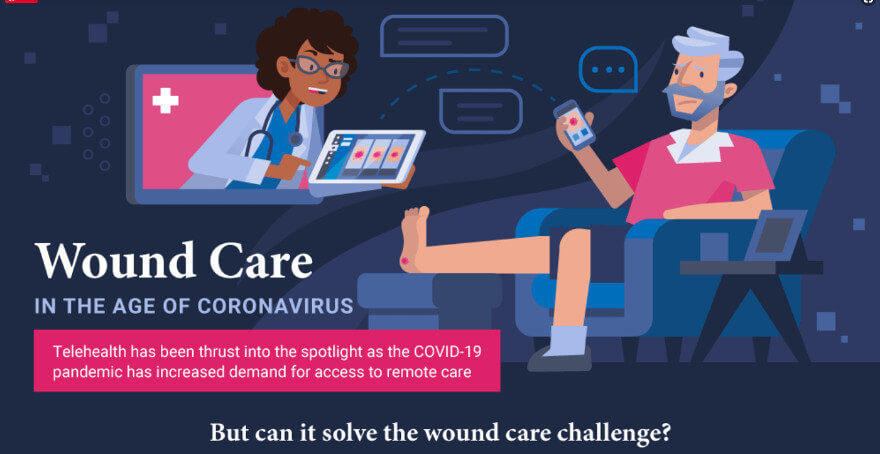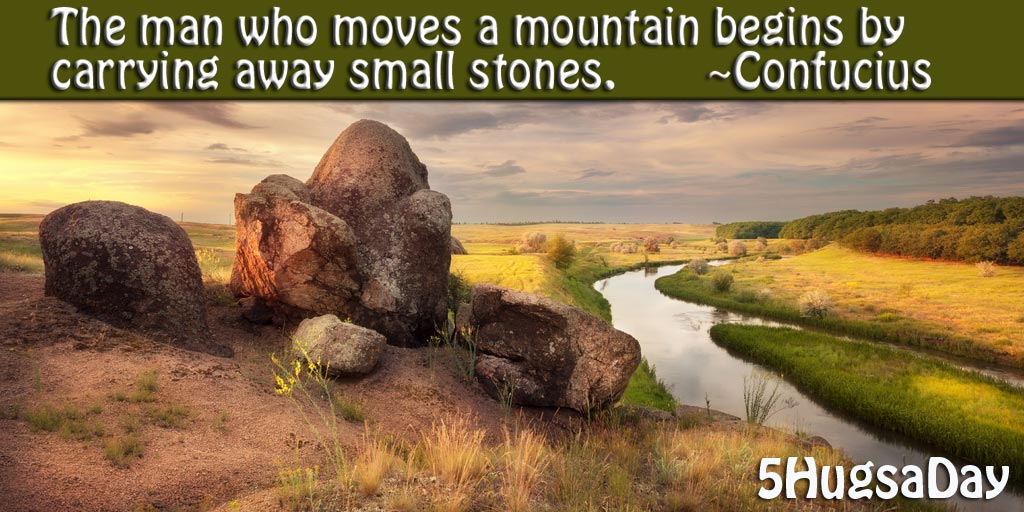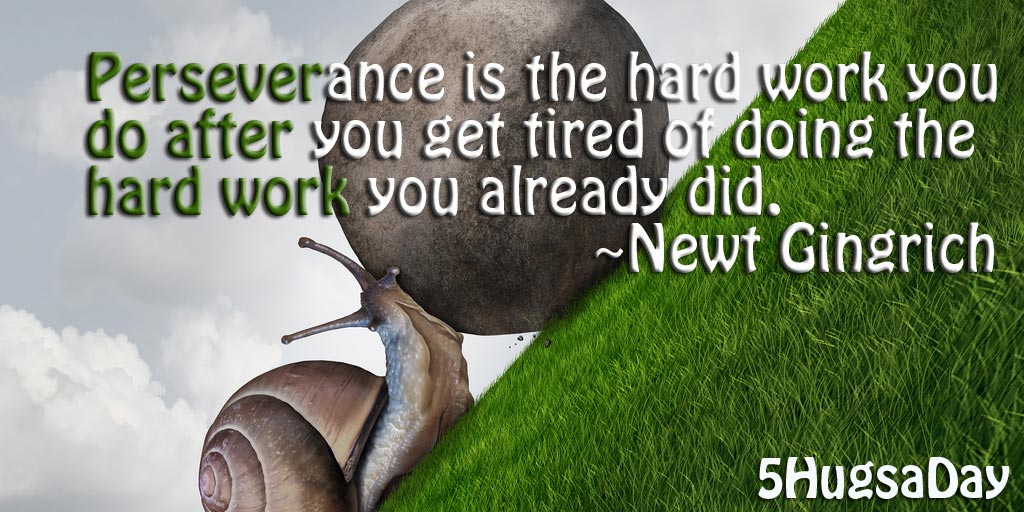No one would have imagined the changes occurring with mobile technology in healthcare: wearable tech, A.I., 5G, the use of Virtual Reality, and especially with COVID-19, telehealth also known as telemedicine.

As far back as 2015 when Healthcare Information and Management Systems Society examined the use of mobile technology in the health care industry, it was already clear that the industry is integrated with mobile technology. (As shown in the infographic, below.)
While even in 2020 the numbers, such as usage, still have room for increased growth, we can also see that the numbers had generally tipped the halfway point by 2015.
It is encouraging to see that there is an adoption of the use of technology, even if there is still quite a ways to go in areas like electronic health records (EHR).
![Mobile Technology in the Health Care Industry [Infographics] Mobile Technology in the Health Care Industry [Infographics] Electronic Health Records Infographic](http://www.deboraheanderson.com/wp-content/uploads/2020/06/2015-Mobile-Technology-Survey-Infographic-Thumb.jpg) Presumably, there would be people who are concerned about security and privacy and any HIPAA (Health Insurance Portability and Accountability Act) compliance issues.
Presumably, there would be people who are concerned about security and privacy and any HIPAA (Health Insurance Portability and Accountability Act) compliance issues.
The fact that these numbers are as high as they are indicates that there is forward momentum, especially since any technology advances that violated HIPAA would be shut down and would not be reflected in these numbers at all.
It is clear that a society focused on technology that is specific to the health care industry is the right group of people to be looking at these statistics and reporting back to us where we are in the look toward the future.
Some Mobile Technology Highlights Leading Up To Where We Are Now
Back at the turn of the 21st century, we were excited to have a cellular/mobile phone that would allow us to text each other. Hey, the idea of having a cellular phone at all was exciting.
No longer were we constrained by a car phone or a bulky satellite phone. Or, at least, we were moving toward the freedoms that were presented with these new devices.
At the same time, there was a boom in the usage of PDAs (personal digital assistant) and companies like Nokia became popular with their PDA devices. Even the health care industry got into the process of using
PDAs for databases and anything that could be adaptable to the medical industry at the time. Primarily, it was determined that the use of PDAs helped patients to record their medical issues, making it easier to relay it to their doctor, later.
These PDAs had their own mobile operating system and were a perfect example of handheld computerization.
The concept actually started almost a century before and there had been great strides made throughout the 20th century, leading up to what was about to emerge in the 21st century.
Health Care Apps on Mobile Phones
As we were underway into the new decade, we saw the introduction of the touchscreen mobile operating systems within the cellular/mobile phone.
In 2007, Apple announced their iPhone and the following year (2008), the Android device became a popular addition to the smartphone family.
The term ‘smartphone’ was actually coined for an AT&T device, but by definition it is a device that has its own mobile operating system.
During that time, with the PDAs giving way to their more sophisticated cousins, a new factor was added to the mix. That was the telephone carrier. In the case of the iPhone, consumers were limited to using AT&T as their service provider.
There have been many changes since then, including the process of unlocking an iPhone 6. This is quite different from how the unlocking first began in 2006, resulting in bricked phones and challenging methods of unlocking.
Some industries, like the unlocking service providers, have been affected by these recent changes. However, many consumers are happy to be able to unlock their devices and use whatever cellular service provider they choose to use.
The Future of Health Care and Mobility
Technology is changing fast. The health industry is changing fast. There are also some misunderstandings and disconnects between the two.
Recently, in a journal article by Punjani, Bhanji, and Meghani, called “Implications of Social Media in Health Care Practice” and appearing in the “International Journal of Nursing Education,” there was a reference to how all hospitals block Google.
While this is not a discussion about Google or even whether Google should or should not be blocked, the interesting point is that the use of the word, “all,” should not be used.
Before I lose you entirely, the point here is the disconnect that occurs between the health industry and the technology industry, including mobile technology.
In this case, the hospital administrators were having trouble managing malware and blamed all malware on the existence of Google. In reality, the malware was coming through the sites that the nurses clicked on and it was not coming from Google directly.
The article continued by indicating how unfair it was that the nurses did not have access to information because Google has malware.
Speaking from my own background in technology, there are at least seven to eight holes in that theory. It really doesn’t merit the title of theory because of the missing information.
However, we are not here to pick on someone’s misunderstanding of technology. Their expertise lies in the health care industry and they should solicit the assistance of information technology experts to understand the blending of the two.
Medical Personnel Need Tech Access
In the case of this article, the nurses realized the value of having access to information and they desired to have access to information that would help them to help their patients.
This trend is not going to stop. Even if medical professionals do not have access to the information in their place of employment, they are not unaware of the existence of the information when they have access to it from their homes, their laptops at Starbucks, and now their smartphones in their cars (not while driving, of course!).
So, this (and other studies), while possibly stunted in some cases, demonstrate that our future includes a continued marriage of the healthcare industry and the technology industry and has high hopes of a smooth transition as information and training is shared with those who need it most.

Originally published 11/7/15; updated 6/18/20 because it had become outdated and to add another infographic.
The post Mobile Technology in the Health Care Industry [Infographics] appeared first on GrowMap.















